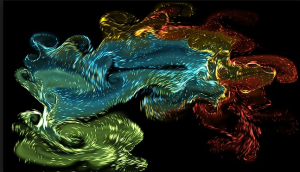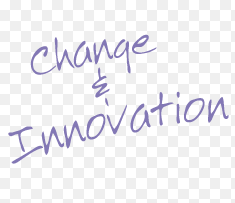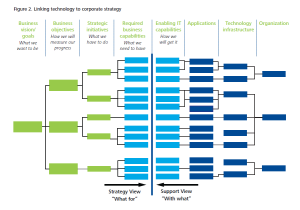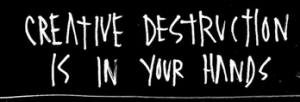 Organizations are facing increasing a dilemma in how they organize and manage within their systems and structures.
Organizations are facing increasing a dilemma in how they organize and manage within their systems and structures.
They are being forced to deal in increasingly complexity and environmental turbulence and ‘adapting the appropriate response’ remains increasingly a difficult one to master, within the existing regime and structures.
On the one hand the value in stability is still essential, working within specific routines and practices gives a clear ‘path dependence.’
This allows for efficiency and effectiveness to be constantly at practice, constantly building the problem-solving processes, so as to master tasks in complex environments to resolve ‘known’ problems in ‘given’ ways.





